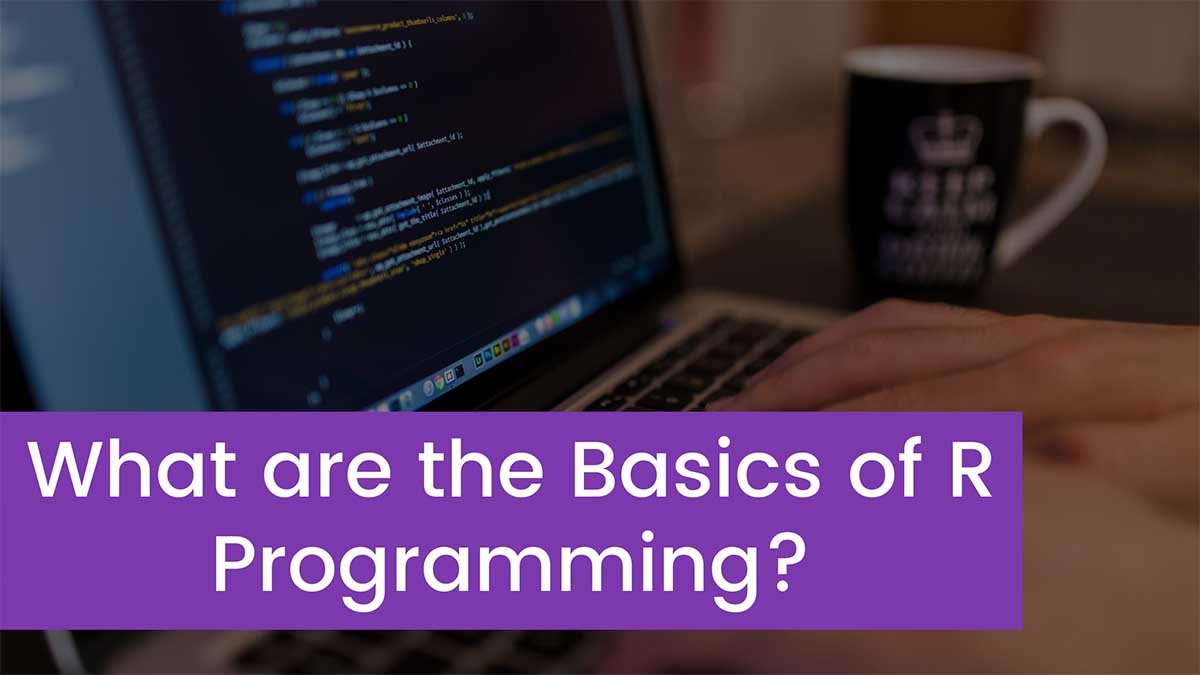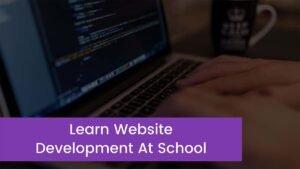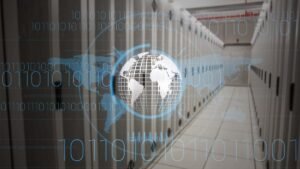Are you wondering what course to take to add to your skillsets of R Programming? What skill on your CV can take you a step further towards landing a good job? What tool can add fillip to your work and make performance easier? Well, you need to look no further. Take the free certification and learn R programming basics for a markup on your arsenal of skillsets, irrespective of your domain or industry.
Why R Programming?
The use of R spans multiple domains and industry uses. It can prepare you for any job or research position in whichever organization. It is lightweight and easy to pick up, the reason you will find even academics and researchers using it to fine-tune their work.
What is R Programming?
R is a software environment; a software and statistical programming language rolled into one, built for statistical computing and data visualization.
R software helps in
- Manipulating data: data cleaning, data mining, data
- Statistical analysis
- Visualizing data: graphs, charts, word clouds.
- Building statistical models
Who should take this course?
A person belonging to any discipline, profession, or industry can take this course. R statistical software is constantly widening its scope and use cases across industries and domains. So if you are a fresh graduate in science, arts, or commerce, you can take this course to add value to your CV.
Do not allow the word “programming” to deter you. R is developed by statisticians and not computer scientists. Neither must you know prior programming nor statistics. All you need is basic computer literacy and the ability to understand the data you are working with.
Knowing R can add worth to your projects and thesis papers with the analysis and colorful graphs. Statistics students, in particular, must learn R as part of the learning curve.
Besides software professionals, aspiring programmers, and testing professionals, any of the following professionals or wannabes can also learn R to simplify work, add more credibility to analysis or enhance their career prospects:
- Business Intelligence (BI) professionals
- Data Scientists and Analysts
- Earth sciences practitioners
- Finance analysts
- Geospatial practitioners
- Medical and clinical researchers
- Social scientists
- Spatial modeling professionals
Although there are many free online resources where you can self-learn at your own pace, enrolling for this free course in R programming basics can help you gain a certificate in one of the most relevant skills. You can also master software that your company or department may use at any point down the line.
Learning R is worth the time
If you are handling large datasets or scaling up, then R is your native software, as it can handle vast datasets and produce graphs on the go. If your interest lies in Big Data, working on R becomes de facto, as the number of iterations is more as you scale up.
You can iterate on the go as you master the developed libraries and object orientation. The R community continues to develop packages to handle all your challenging tasks, making R programming easy to learn.
It is a simple coding language that manipulates vast data sets and produces beautiful graphs. All you need to do is read the R documentation or peruse The R Journal to understand the various nuances of R, enroll in an R programming course, and you are good to go!
R Programming basics
R offers a simple to learn syntax that approaches a problem and learns the part of the language needed to solve it, rather than learning the entire language. Whether it is data cleaning or data mining, there is already some package available to do your work in R.
The R syntax makes data manipulation and graph creation easy. You can call packages to handle your data, implement machine learning algorithms or communicate with other languages like Python, Java, or C++.
Big data manipulation is the single most capability of R, as you can connect R with different databases like Spark or Hadoop to process voluminous data in minutes.
What’s more, the parallel packages allow you to perform tasks in different cores of the machine. R functions as a tool to explore and manipulate data for analysis, such as clustering, correlation, and data reduction.
The R software environment is a GNU package with libraries implementing statistical and graphical techniques, mapping, machine learning, and regression models, analytics and reporting, and other functionalities. It is accessed through a command-line interpreter.
R supports matrix arithmetic: data structures, matrices, arrays, data frames, and lists. The arrays in R programming are simple but need a good understanding of basic data types and data structures.
In R programming, you have many basic data types such as:
- character: “a”, “swc”
- numeric: 2, 15.5
- integer: 2L (the L tells R to store this as an integer)
- logical: TRUE, FALSE
- complex: 1+4i (complex numbers with real and imaginary parts)
Elements of these data types are combined to form data structures, the objects you manipulate in R.
There are many types of objects in R, such as
- Vectors
- Lists
- Matrices
- Arrays
- Factors
- Data Frames
A vector is the most basic data structure in R. Matrices are in two dimensions, while arrays in any number of dimensions, stored in column-major order. Data frames are tabular data objects where every element of the list has the same length. A data frame is the typical data type in R.
Takeaway
R is in high demand because of its hundreds of statistical packages, flexibility, and graphical interface. Most of the Fortune 500 companies and research institutions, geospatial consultancies, and social scientists use R programming for data analysis, making R a popular and in-demand language in 2020-2021.
So whether you are a student or a working executive, learning R programming can never go wrong for you. Learn R and make yourself career-ready in your line of interest.




![Read more about the article [Fix: 2023 ] Why Is TikTok Not Working Today?](https://wuschools.com/wp-content/uploads/2022/02/Why-Is-TikTok-Not-Working-Today-300x169.jpg)